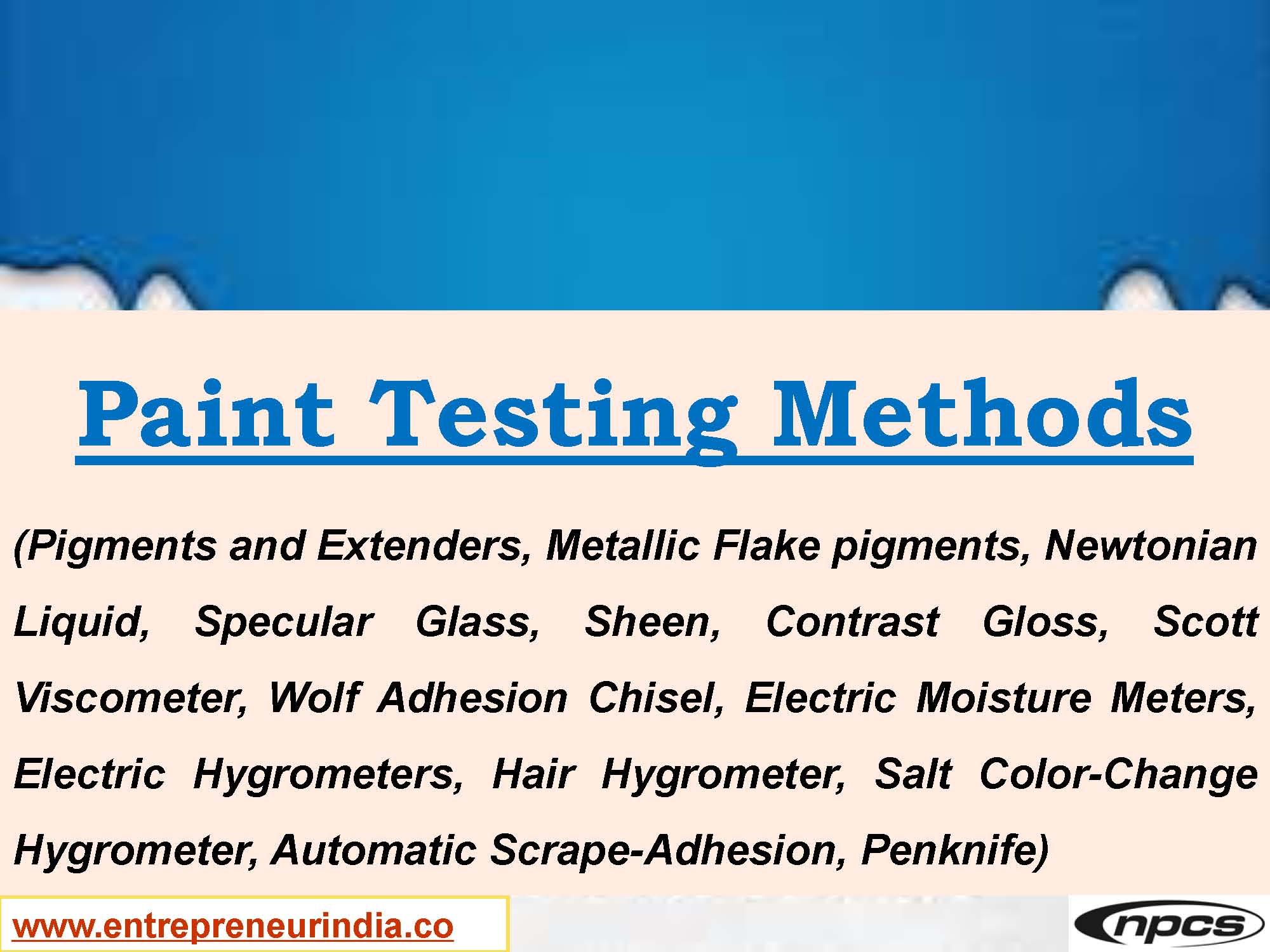
Paint coatings play a vital role in both aesthetics and protection across industries—from automotive and aerospace to construction and consumer goods. Therefore, accurate paint testing methods are essential to ensure that coatings meet quality, durability, and safety standards. These tests help determine critical properties like adhesion, gloss level, and pigment stability, which affect not only visual appeal but also long-term performance. Moreover, manufacturers rely on these methods to meet regulatory requirements and client expectations. With a combination of mechanical, chemical, and visual evaluations, paint testing delivers insights that guide product improvements and process optimization.
Essential Paint Testing Methods for Quality Assurance
Reliable paint testing methods ensure that coatings perform effectively under real-world conditions. From verifying color consistency to assessing how well a paint layer adheres to a surface, each test provides key insights. Moreover, these methods help detect flaws before products reach the market, reducing the risk of failure in critical applications. Conducting thorough paint testing also supports compliance with industry standards like ASTM and ISO. Whether in a lab or on the production line, these tests are essential for maintaining quality, durability, and customer satisfaction.
Read More :Metal Finishing
Pigment Stability and Composition Testing
Pigments define a coating’s color and opacity, making their stability a critical aspect of paint performance. Pigment testing includes procedures like spectrophotometry to measure color accuracy and consistency, even under UV exposure or varying temperatures. Additionally, chemical resistance tests assess whether pigments fade or react when exposed to harsh environments. In paint testing methods, this step is crucial for applications requiring long-term color retention, such as exterior coatings or marine-grade finishes.
Gloss Measurement and Visual Appearance
Gloss reflects how light interacts with a painted surface, affecting the final look and perception of quality. Gloss meters are commonly used to quantify this characteristic at various angles (20°, 60°, or 85°). Higher gloss readings indicate shinier surfaces, while lower ones suggest matte finishes. Consistency in gloss levels ensures a uniform appearance across products. Moreover, these paint testing methods often include comparisons to reference standards to verify production consistency and visual appeal across batches.
Adhesion and Surface Bond Testing
Adhesion testing evaluates how well paint bonds to the underlying surface. Methods like the cross-cut test, pull-off test, or tape test provide measurable data on coating strength. Poor adhesion can lead to premature peeling, flaking, or corrosion exposure. As a result, these tests are essential in high-stress applications such as aerospace, marine, and industrial equipment. Moreover, strong adhesion is vital for multilayer coatings, ensuring each layer functions effectively within the system. Among all paint testing methods, adhesion testing is one of the most indicative of long-term durability.
Additional Mechanical and Environmental Tests
Beyond pigment, gloss, and adhesion, other methods assess resistance to abrasion, impact, humidity, and chemicals. These include salt spray tests for corrosion resistance, hardness tests for surface durability, and flexibility tests for coatings applied to bendable substrates. Moreover, environmental simulations help predict how a coating will perform over time in various conditions. Such comprehensive evaluations allow manufacturers to fine-tune their formulations and deliver coatings that meet strict performance criteria.
See Also : Essential Oils & Oleoresins Extraction
Conclusion
In conclusion, robust paint testing methods are fundamental to delivering high-quality, reliable coatings. By evaluating critical attributes such as pigment stability, gloss level, and adhesion strength, these methods help manufacturers meet industry standards and customer expectations. Moreover, they prevent costly failures and ensure products maintain their performance and appearance over time. As coating technologies continue to evolve, so too will the testing procedures that uphold their excellence in both function and form.





